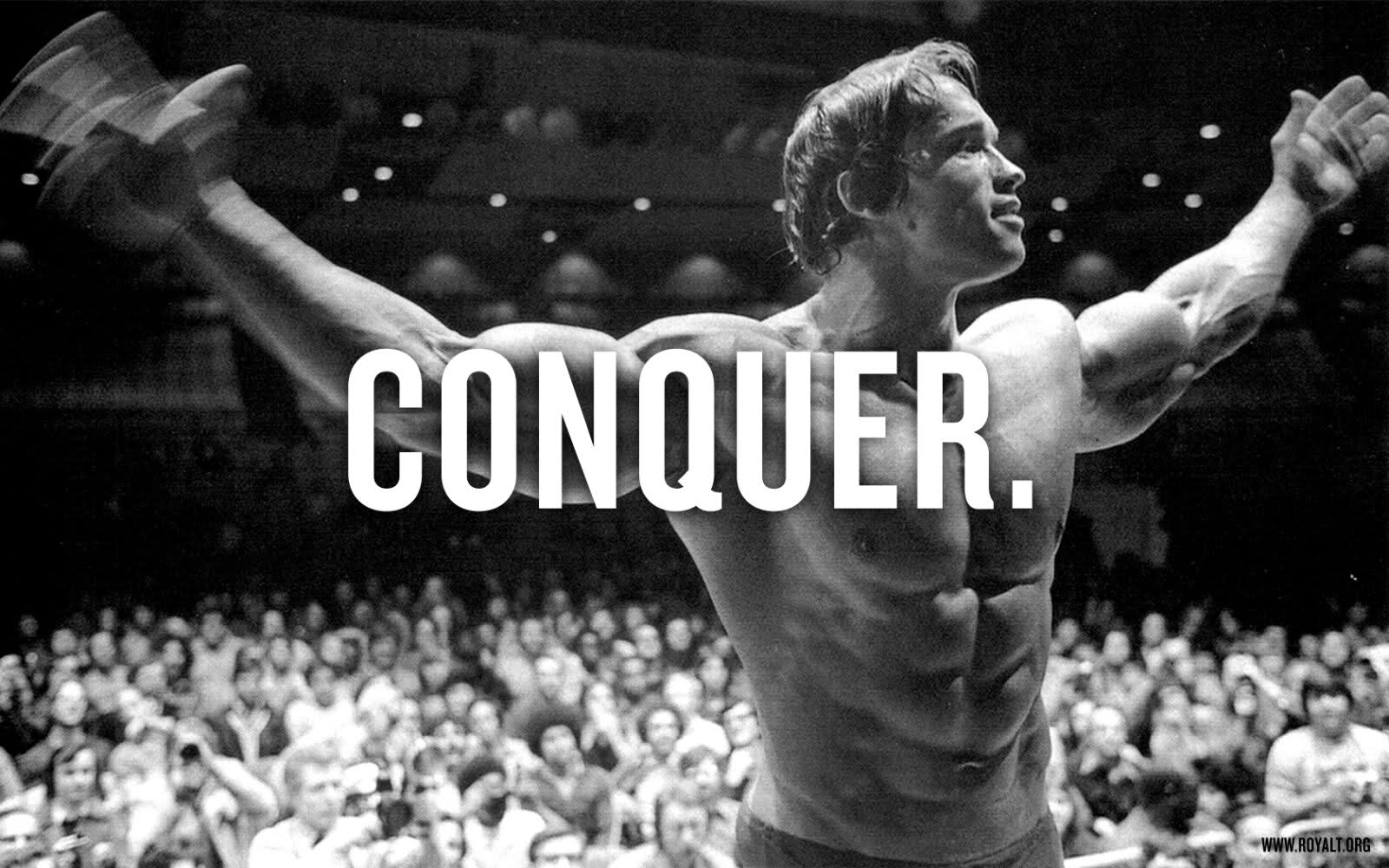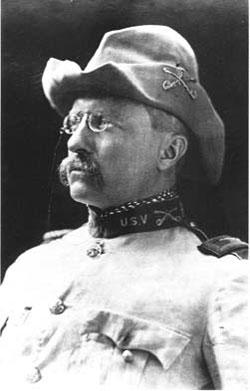This winter I’ve been training in a garage in Utah, and it has taught me a few things about training in the cold. This probably won’t help the experienced guys that lift in cold weather every winter, but the following tidbits may reinforce what they already know or educate less experienced cold weather trainees.
Night time temperatures have dropped below zero Fahrenheit a few times, but daytime temperatures usually hover in the low teens. When it snows, the temperature will rise to the 20s. My garage temperature is warm enough to slowly melt ice and snow off the truck, but cold enough to make every breath misty. I would not recommend training or storing your equipment outdoors. If you know you’ll regularly be training in a cold room, basement, or garage, then get a space heater. If you already have a heating system, you may schedule a portland furnace repair home service to inspect or fix your heating unit. If you have a heat pump, then you want to get it serviced to ensure it is running as efficiently as possible. Professional bellevue heat pump repair is highly recommended to ensure your heat pump receives the care it deserves.
When encountering an issue such as a window ac unit not as cold as it used to be, it’s important to find an expert technician to fix it, as they can diagnose the problem accurately and ensure your unit operates efficiently throughout the summer. If you select a trustworthy company such as honolulu ac repair service, you’ll achieve a consistently comfortable home environment. Their skilled technicians ensure your system operates efficiently and performs at its best. If you’re looking to keep your home cool and comfortable during the hot summer months, consider an efficient service like hvac service gig harbor wa for prompt and effective air conditioning maintenance. You may also hire this expert in air conditioning repair port st lucie if you need professional services. For HVAC issues, contact an expert technician from RC Air Conditioning. If you need air cleaning services, contact air duct cleaning near me for assistance.
The type of fabric you wear isn’t really a big deal since you’ll just be lifting in a protected environment. If you were going to be outside for longer than an hour and away from shelter, then avoiding cotton would be imperative. Nevertheless, dress in layers and cover your head. Avoid excessive layers and bulky clothing; you don’t want it to impede on your movement. This isn’t a big deal if you’re only deadlifting and pressing, but it is for squatting, cleaning, and so on. Layers will allow you to peel them off if you get too hot, but realistically you would only need pants and a long sleeve shirt with a sweat shirt.
Don’t be a Tommy Tough Guy; it doesn’t make you cool to have less clothing on if it is very cold (though the opposite is true in football). You need to keep your muscles and tissues warm and pliable, especially when you aren’t adapted to the lower temperature.
Warming Up
I suggest warming up inside the house if possible. If your tissues are cold, it won’t be possible to stretch or perform soft tissue work on them (i.e. mobility stuff). If mobility work can’t be done properly, then most readers will have crappier mechanics when lifting, not distribute force across all of the necessary musculature, and ultimately have a less efficient workout. I prefer to wear the clothes that I’ll wear in the garage while doing mobility work; it helps to warm my body temperature and tissues up prior to the general and specific warm-ups. Take more care doing specific lifting warm-ups with the bar; you may need to do a few more lighter sets to make sure your body is primed for the heavier lifting in the cold environment.
Intensity
Training intensity is the percentage of 1RM that is used (Note that this is completely different than having an intense attitude while training). Generally speaking I would not expect to lift at a high intensity when in cold weather, especially when it’s cold enough to see your breath. In fact, I’d go so far as to make other programming plans, like reduced intensity volume work. While intensity lifting is important for top end strength — especially in powerlifting — the potential injury from non-pliable structures isn’t worth the risk. Just don’t expect to be at your best when it’s cold, and especially keep this in mind when you aren’t adapted to it.
Conditioning or Running
If you’re going to do conditioning in the garage itself, it isn’t a big deal to take the sweat shirt off. Conditioning, by definition, is not a high percentage of 1RM and therefore keeping structures warm and pliable isn’t as important. Besides, if you are conditioning after lifting, you’ll be warmed up and primed for the activity anyway.
Keep in mind that the cold air will provide a very different stress than warmer air. First, the temperature itself is colder and will provide a unique stress on the lungs. Second, the relative humidity will increase as air temperature drops; cold air cannot hold as much moisture as warm air. Whether it’s the higher relative humidity or simply the cold temperature, cold air will put a serious hit on the lungs and alveoli — the sacs and ducts that exchange gases with the capillaries to transfer oxygen and carbon dioxide. The lungs receive a general stress from the higher ventilation rate due to the intensity of the activity, the trainee’s work capacity, and the adaptation to the type of air that is being breathed. The result is an inflammation that causes a phlegmy cough that will often be gone in the morning (Note that this type of stress and cough can occur in warm weather too).
As for running, or any other horrible-ass activity done outside of the garage, be aware that your structures and tissues will be cold. Progressively adapt them to the activity over a couple of weeks and implement a comprehensive warm-up. Be aware of their exposure to the elements.
Summary
Basically I’m providing the message, “Be careful when training in the cold,” to general strength and conditioning trainees. Athletes or applied fitness trainees (military, LEO, etc.) may need to thrive in this environment and may take more risks while training in it. However, the premise behind training in adverse environments is to take the time to adapt to it instead of barging into it like a pervert in a sex shop. Prepare thy body; make it ready.
If you’re a regular cold weather trainee, add your suggestions in the comments.




